
When he said “Jump!” they all did: Groucho Marx and Bob Hope, Marilyn Monroe and Richard Nixon, the Duke and Duchess of Windsor, Jerry Lewis and Dean Martin, Sophia Loren, Audrey Hepburn, Brigitte Bardot, and even the Ford matriarch, Mrs. Edsel Ford. And we all know his picture Dali Atomicus where a crazed-looking Salvador Dali is suspended in mid-air together with three lounging cats, a chair and a long, S-shaped stream of water. Halsman was persistent: the picture took 28 tries. “When you ask a person to jump,” he said “his attention is mostly directed toward the act of jumping and the mask falls so that the real person appears.”
Born Jewish in Riga, Latvia, in 1906, Philippe Halsman studied engineering but he became hooked on photography when he discovered his father’s old camera and the magic of the darkroom at age fifteen. After a tragic episode—while they were mountain climbing in the Austrian Alps, his father fell to his death and, he was falsely accused of his murder by an anti-Semitic police force, spending two years in prison—Halsman moved to Paris in 1932 and set up a portrait studio. He collaborated with Vogue, Vu and Voilà and photographed artists and writers such as Chagall, Gide, Le Corbusier and Malraux in a sharp, crisp, minimalist style different from the Pictorialism then in style.
When Adolf Hitler’s troops invaded Paris in 1940, Halsman emigrated to New York and arrived with little more than his camera, a twin-lens reflex that he had designed himself. Unknown in America, his breakthrough came when he photographed a young model resting on the American flag: she became the face of Elizabeth Arden’s Victory Red lipstick. More than a hundred covers of LIFE magazine by Halsman followed, featuring portraits of celebrities, intellectuals and politicians. Fascinated by Surrealism since his stay in Paris, he loved creating photomontages, such as his portrait of Hitchcock with a bird on his cigar, or the series he created during his thirty-year collaboration with Salvador Dali, including one striking picture where the background is a skull made up of nude, intertwined female bodies.
LIFE Cover Portraits by Philippe Halsman


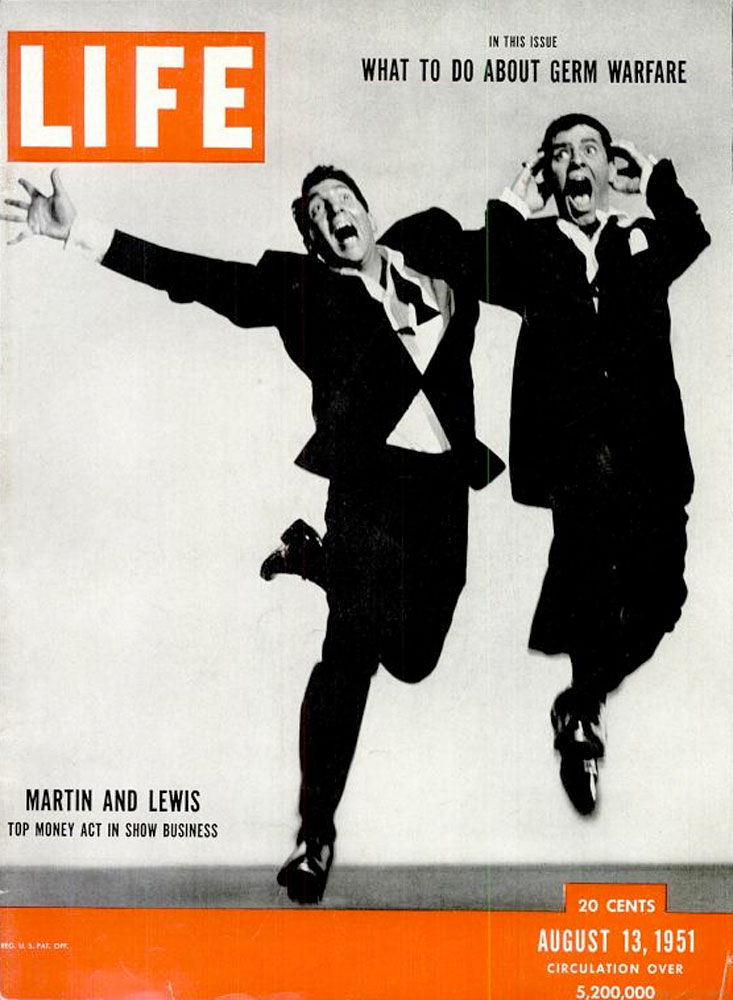


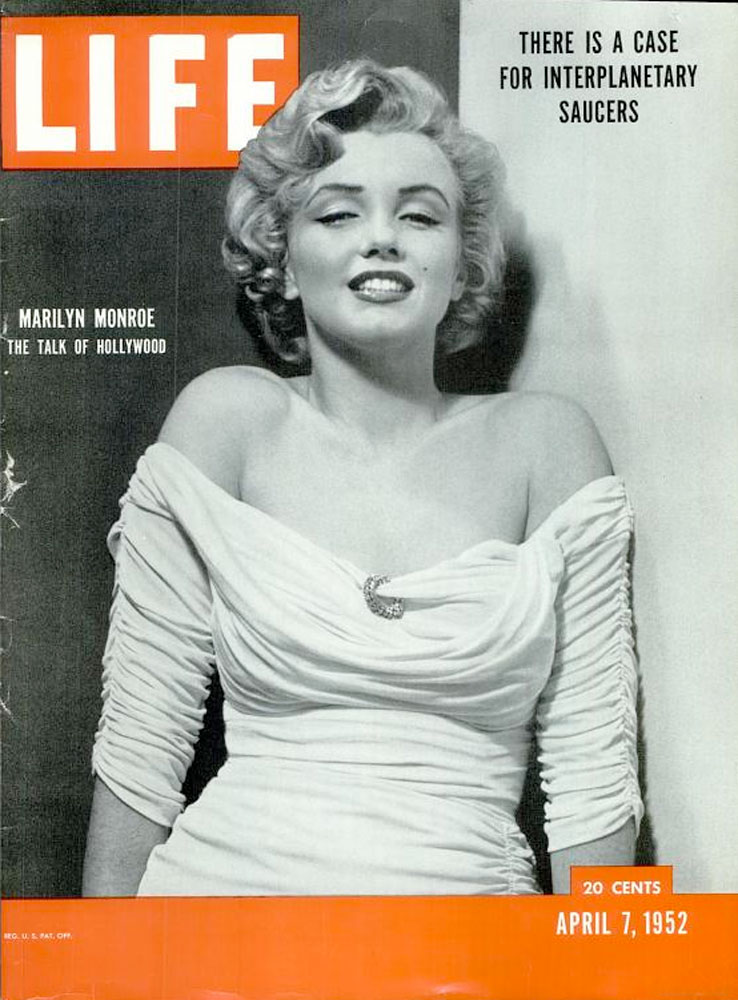
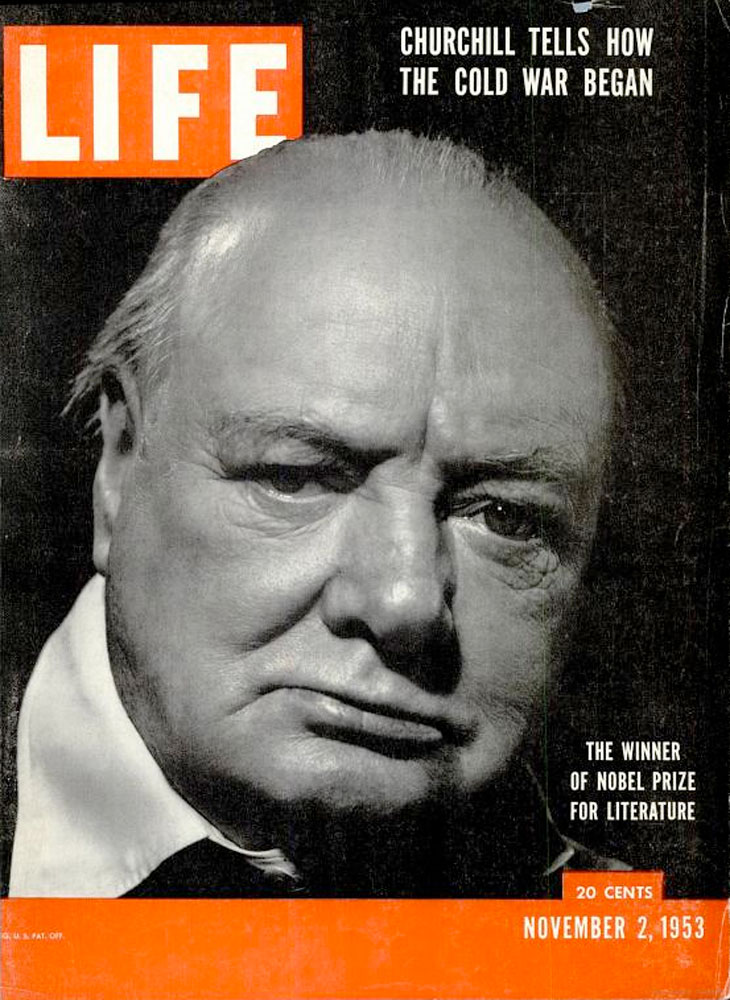

His dark youth seemed all but forgotten. Intense energy, optimism, and often humor shone through Halsman’s unconventional portraits. He prided himself on his ability to reveal his sitter’s character: “It must be accomplished,” he said, “by provoking the victim, amusing him with jokes, lulling him with silence, or asking impertinent questions which his best friend would be afraid to voice.” This approach is what makes Halsman’s portraits so contemporary, as if untouched by time.
Philippe Halsman’s retrospective Etonnez-moi ( Surprise Me) opens on Oct. 20 at the Musée du Jeu de Paume in Paris.
Carole Naggar is a photography historian and poet.



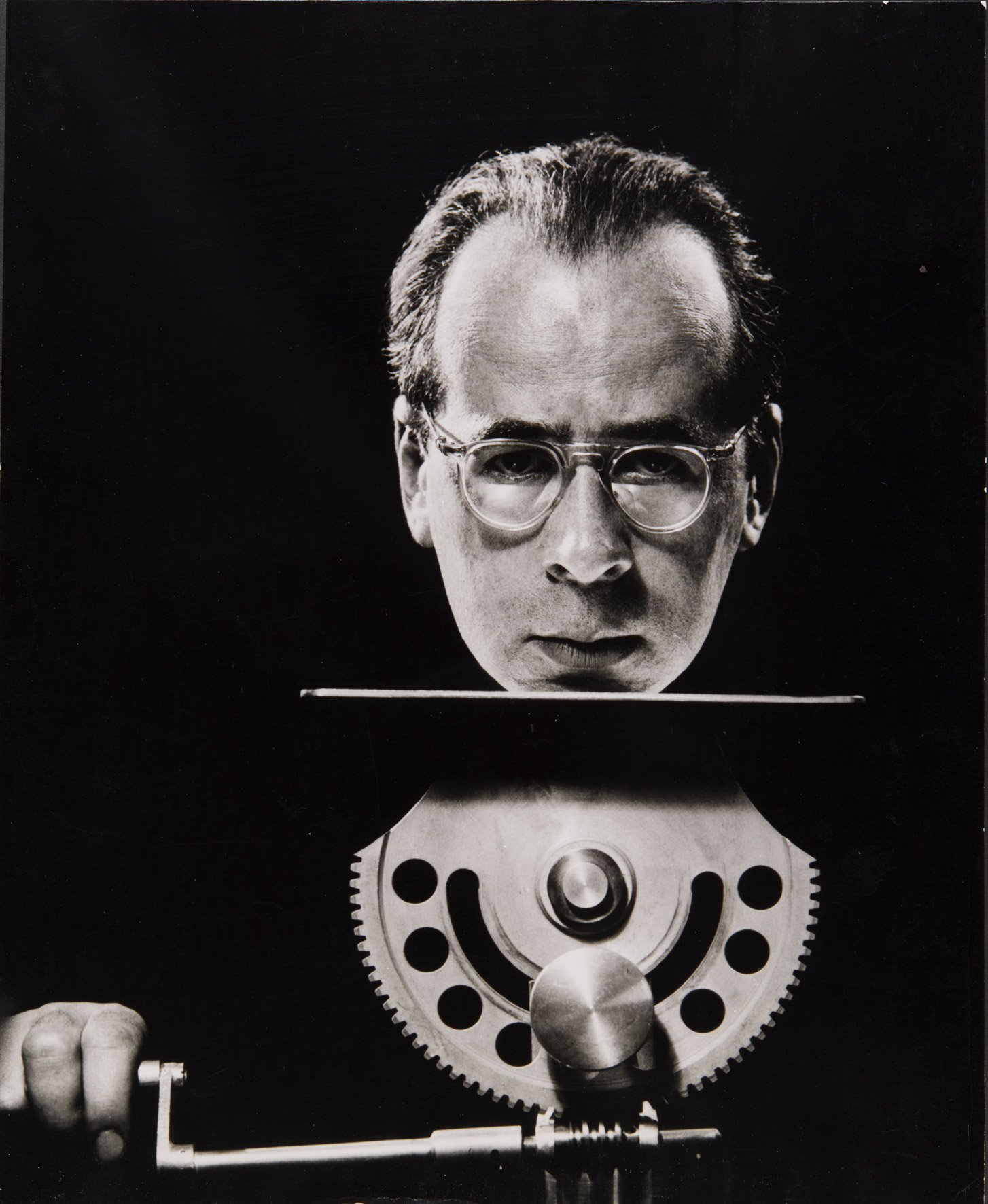



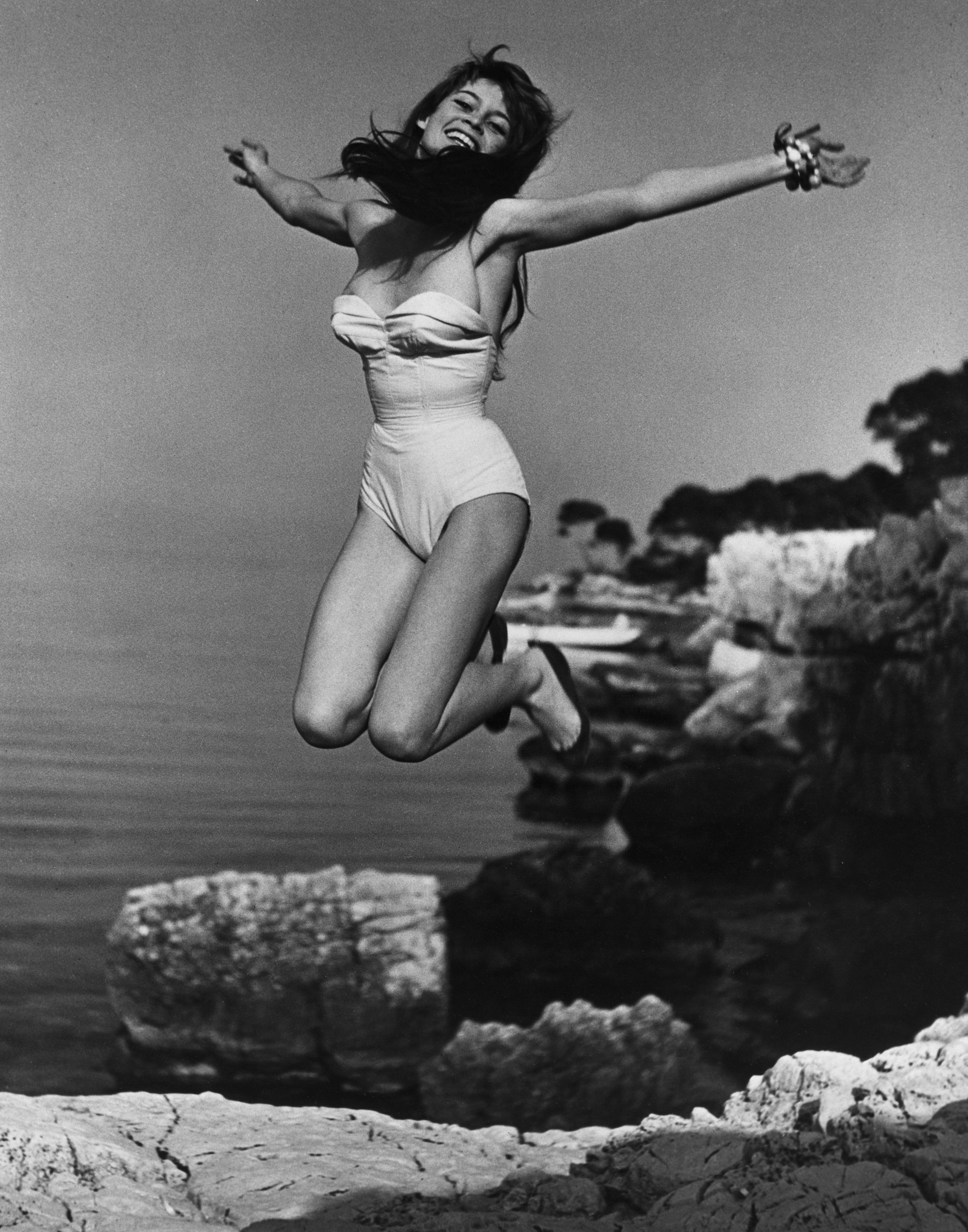
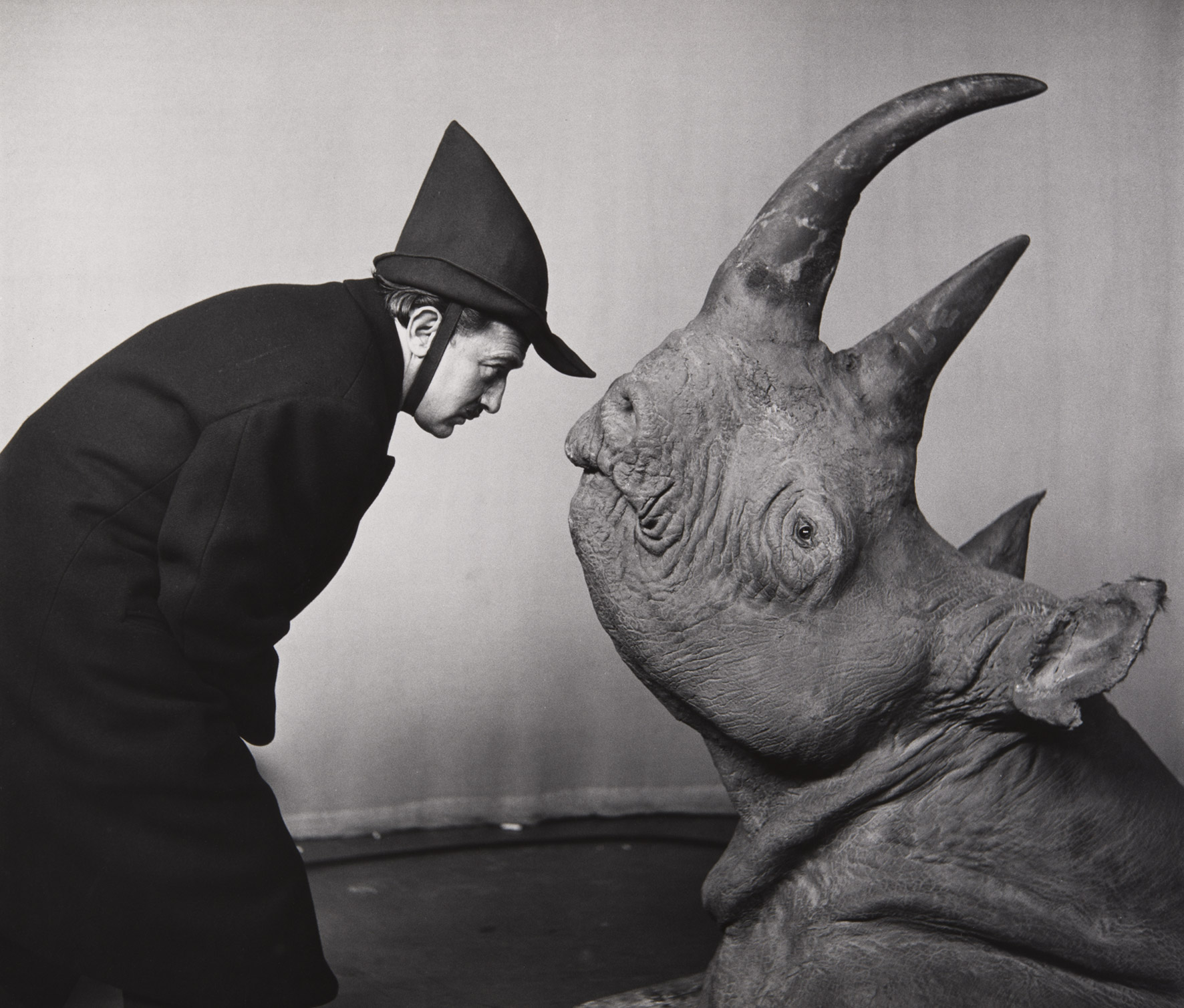
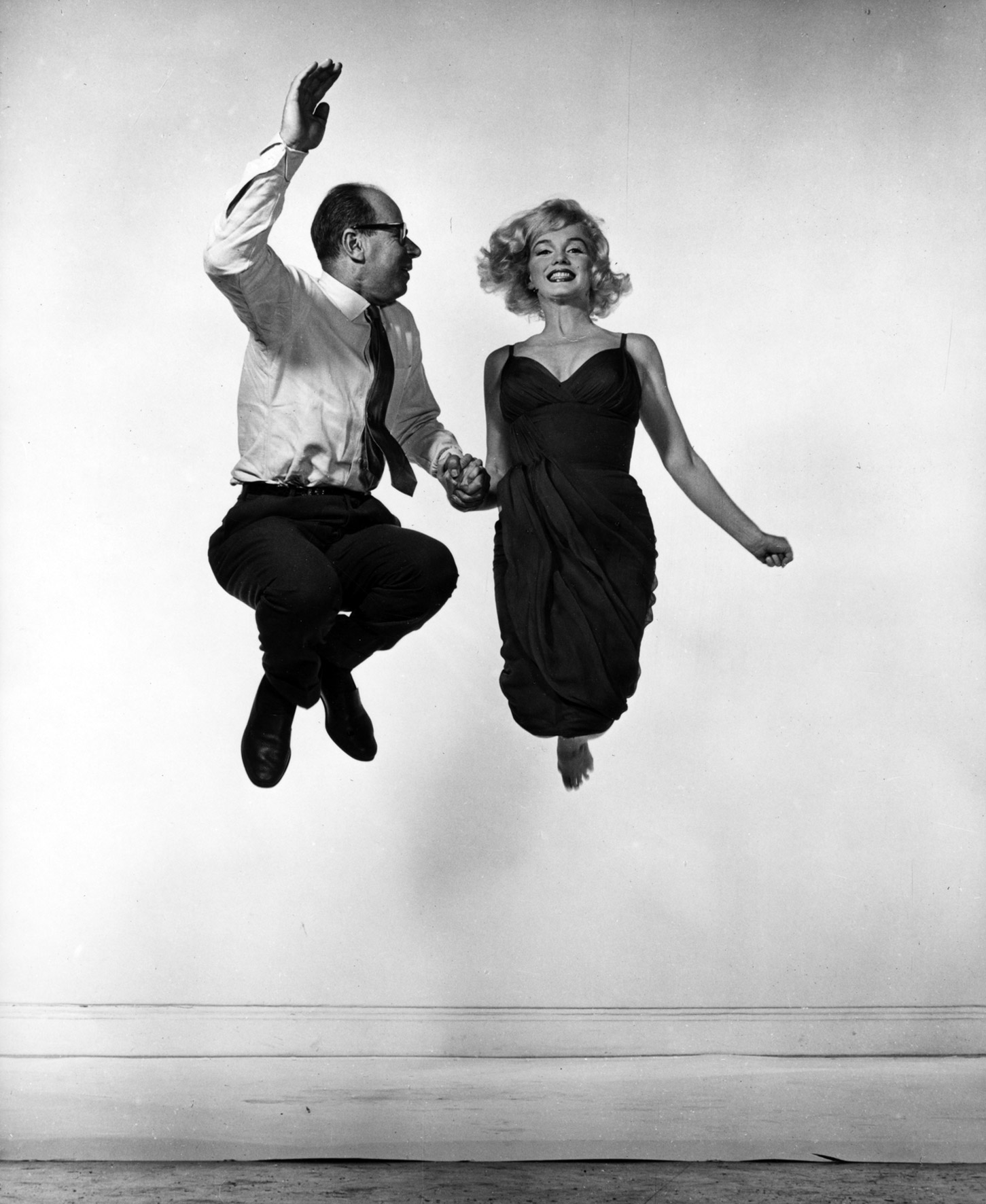


More Must-Reads from TIME
- Donald Trump Is TIME's 2024 Person of the Year
- Why We Chose Trump as Person of the Year
- Is Intermittent Fasting Good or Bad for You?
- The 100 Must-Read Books of 2024
- The 20 Best Christmas TV Episodes
- Column: If Optimism Feels Ridiculous Now, Try Hope
- The Future of Climate Action Is Trade Policy
- Merle Bombardieri Is Helping People Make the Baby Decision
Contact us at letters@time.com